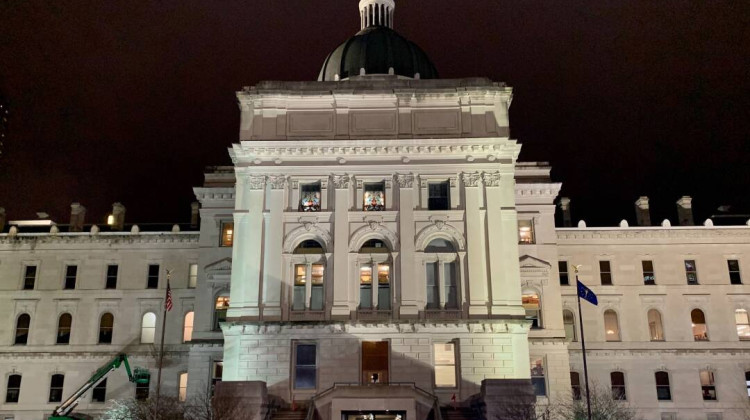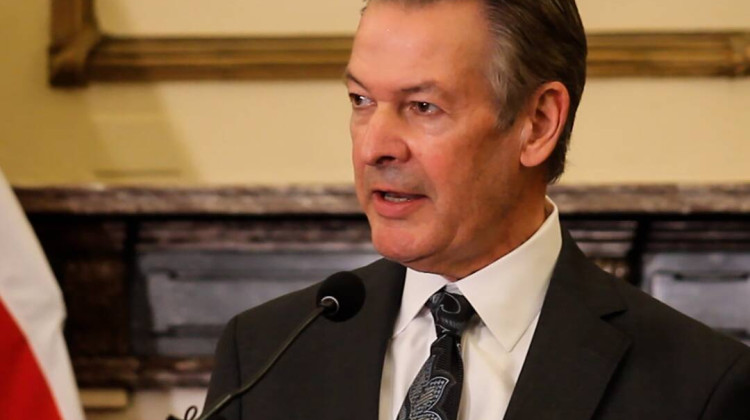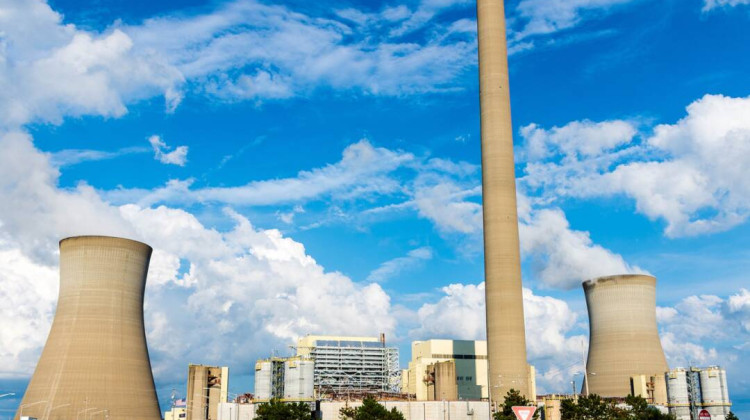Researchers across the country, including a few in Indiana, have put together a plan that could transform the U.S.-Mexico border in a different approach to the wall President Donald Trump is calling for.
The plan outlines an energy park that its creators say would create economic opportunities for both countries.
The plan would push for investments in wind, solar, natural gas and water desalination, which its authors say will improve agriculture and business in a region that lacks economic stability.
“Why don’t we create something that has value for everyone,” says Purdue University professor of renewable energy and power systems Luciano Castillo.
“We argue that if you create something, an infrastructure that solves some of the existing problems, meaning energy and water," Castillo says. "Not only are you looking at the long term of the state in term of access to water, but also you can harvest, you create agriculture, you could bring companies around the region. And by doing all of that, what we’re actually creating is an opportunity.”
The proposal encourages public-private partnerships to build up the wind, solar and natural gas infrastructure on the border and in turn increase the land’s value. Researchers argue border security would be addressed because the utility facilities would be well-protected by fencing, electronic sensors and drones.
Castillo says the plan should be able to pay back building costs and then some, unlike the president’s wall proposal.
“The economic value that this is adding to the region, the taxes, the generation, that is the incentive that will help pay for the cost of this infrastructure,” he says.
Purdue University mechanical engineering professor Jay Gore says the energy park cold be the country’s next big infrastructure project.
“In my mind it only match another project that was done many decades ago by leadership of the United States of America, and that’s Panama Canal.,” says Gore. “Just imagine how much Panama Canal saves across the world in terms of transportation costs by ships being able to go through the canal and how much development it has led in terms of the export/import opportunities all around the world. That type level of impact is possible if we all came together to find the right kind of investment.”
Castillo argues bringing job opportunities to the region will also help limit illegal immigration.
“People migrate in many ways because of safety reasons right, they’re escaping violence; they don’t have in many cases of opportunities,” says Castillo. “So this solves some of that.”
He says the plan, while creating a border, doesn’t pit the U.S. against Mexico.
“I think that the most important thing that this corridor offer is that this isn’t us versus them, this is more of an inclusive perspective on a current situation,” says Castillo.
Castillo admits improvements will have to be made to some of the energy technologies for the plan to be viable.
He says the proposal has been sent to congressional and business leaders to gauge interest.
 DONATE
DONATE










 Support WFYI. We can't do it without you.
Support WFYI. We can't do it without you.